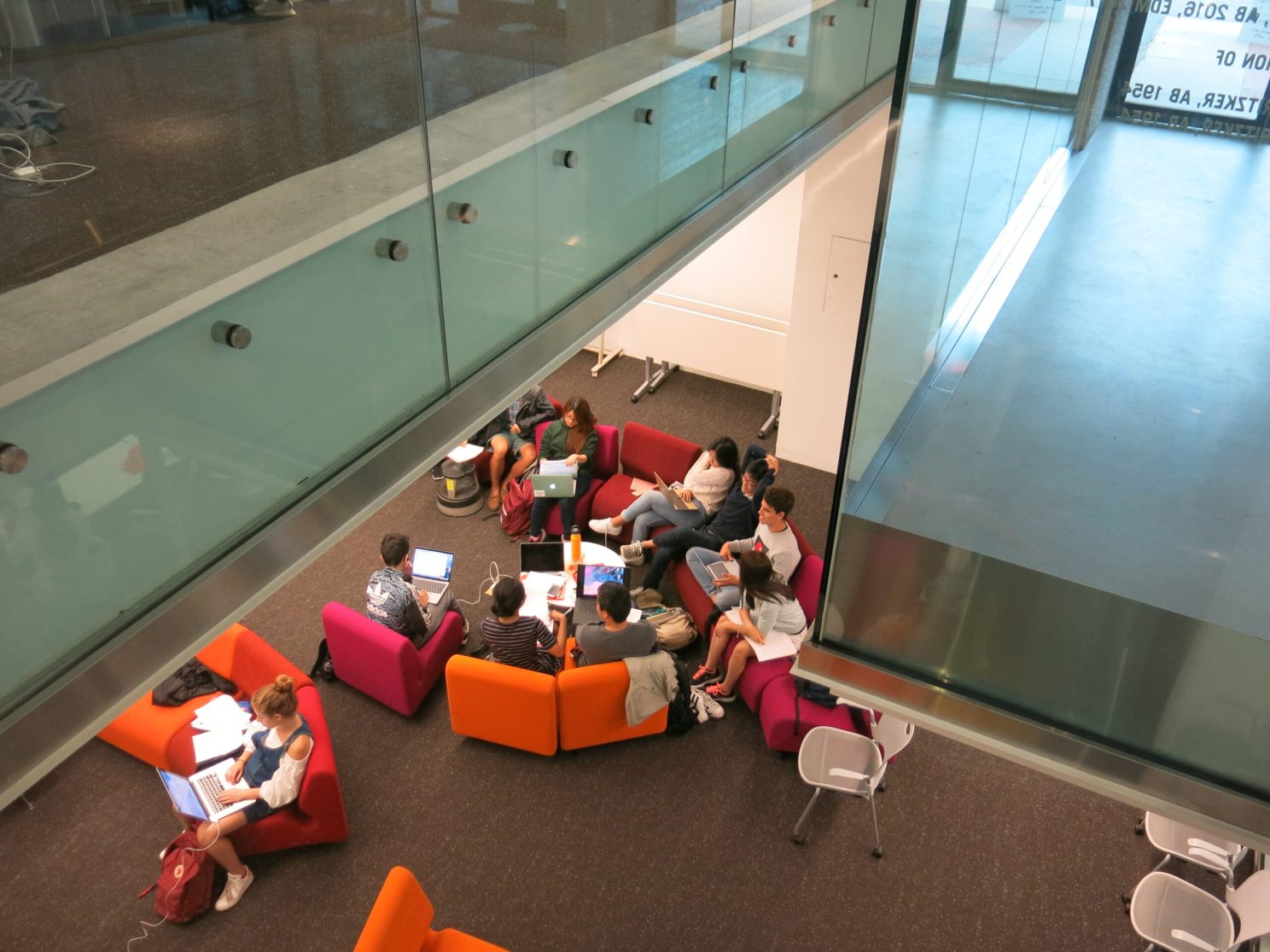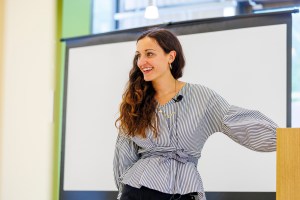Green building projects achieve stringent certifications

Science Center – Cabot Library. Photo by Mack Scogin Merrill Elam Architects, 2017
Two recent renovation projects by the Faculty of Arts and Sciences, Extavour Laboratory and the Science Center – Cabot Library Projects, mark the next phase in Harvard’s commitment to green buildings with their recent achievement of the first and second LEED v4 Commercial Interiors certifications in Massachusetts and on campus. Both projects sought to modernize and enhance the learning and research experience for students and faculty while featuring progressive sustainable design strategies which help to reduce energy and water use without additional cost.
For nearly two decades, the University’s facilities and project planning teams have aggressively pursued and implemented high performance, green building strategies and practices driven by the Harvard Green Building Standards and ambitious climate action goals.
“We applaud Harvard University’s ongoing leadership as they take the next step in raising their commitment to green building practices by utilizing LEED v4,” said Jaime van Mourik, Vice President of Education Solutions, US Green Building Council. “Harvard continues to serve as a model for how organizations can adapt and evolve to address the changing landscape of sustainable practices with the focus on health and wellbeing. These certifications serve as great case studies on what is achievable when there are proactive environmental and green building goals in place.”
In October 2014, Harvard’s Green Building Standards were updated to include LEED v4, requiring all Tier 1 capital projects (all new buildings and full building renovations) to achieve LEED v4 Gold as a minimum, a full two years before the USGBC made LEED v4 a mandatory requirement. The Extavour Laboratory (registered in September 2015) and Science Center – Cabot Library (registered in February 2016) projects both voluntarily opted to pursue the more stringent LEED v4 rating, even though they were Tier 2 projects, making their certifications that much more impressive.
“For many years, FAS has been committed to reducing energy use and emissions in our buildings. We are constantly pursuing improvement through new equipment, materials, and modes of operating that make the facilities more efficient, greener and healthier,” said Michael Lichten, Associate Dean of Physical Resources and Planning at FAS. “Obtaining LEED v4 in the Science Center – Cabot Library and Extavour Laboratory projects were great achievements for the team in pursuing our goals.”
LEED v4 is a more rigorous standard than its LEED 2009 predecessor, incorporating improvements in the areas of health, energy reduction, material life-cycle, and water efficiency. The goals of LEED v4 are organized into seven “impact categories.” These categories are: reverse contribution to global climate change; enhance individual human health and wellbeing; protect and restore water resources; protect, enhance, and restore biodiversity and ecosystem services; promote sustainable and regenerative material resources cycles; building a greener economy; enhance social equality, environment justice, and community quality of life.
LEED v4’s expanded focus on a building’s full life-cycle pushes building teams to consider not just design and construction, but also on-going maintenance and operation of the building. Building managers are encouraged to track reductions and continuously monitor and measure in the areas of energy, water, materials, waste, and health and human experience.

